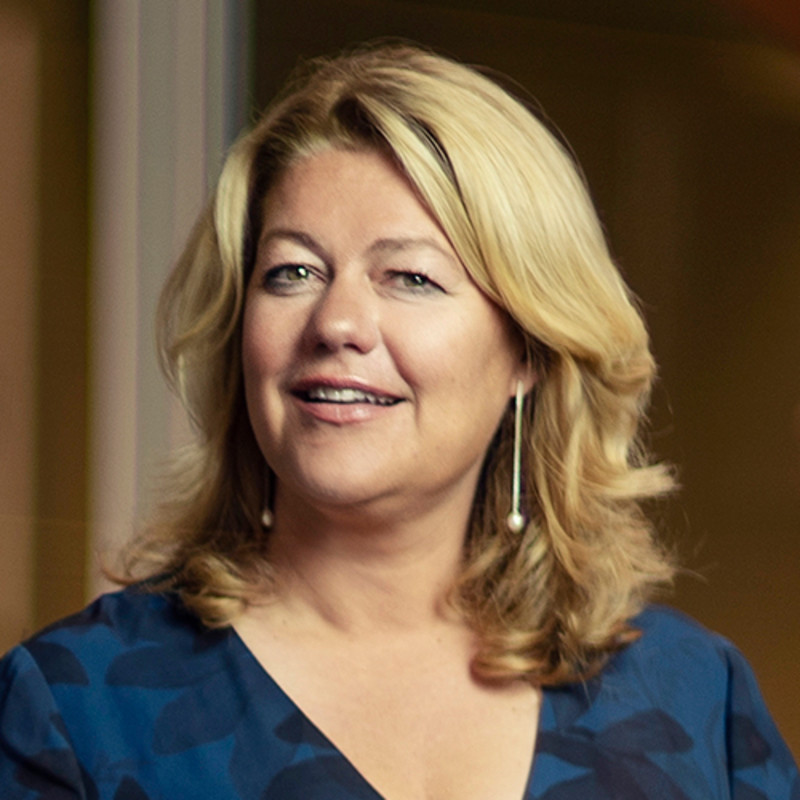

SI Dilemma: To ESG or not to ESG? The burden of proof is increasing
As a responsible and sustainable investor for many years, I am used to being asked many critical questions. On the performance of sustainable investing; on our impact (or lack of it) as allocators of capital; and whether or not we are capable as active owners of achieving any results.
まとめ
- Sustainable investors are used to facing critical questions
- The burden of proof on whether ESG works is increasing
- This trend leads to separating the wheat from the chaff
And for all of these seemingly easy questions, the answers are much more complicated than most people expect. Luckily over the years I have seen the knowledge and expertise increase for the different forms and tools used to implement sustainability. Many clients are now well aware of what they can do, be it negative screening, ESG integration, net-zero portfolios or alignment with the UN Sustainable Development Goals. They also understand the impact of ESG on their risk-adjusted expected returns, or have it calculated by their managers.
However, it is no longer enough to understand and be able to answer these questions. The burden of proof on sustainable investors is increasing rapidly. This is quite a nuisance, as it requires a lot of investment to increase transparency, specifically to meet the requirements in the EU Sustainable Finance Disclosure Regulation (SFDR).
To try to do this, we have enhanced our existing sustainability, exclusion and stewardship policies, adding a good governance test, a sustainability risk policy and a principle adverse impact (PAI) statement, along with documents describing our sustainable research methodologies and data approach. We added very detailed information on our sustainability approach for all of our funds in the prospectuses, and on the Robeco website. Doing this once already required a lot of effort, but this information also needs to be regularly updated and maintained.
And I have not even started talking about all the local labels that our clients request us to have, which all have their own requirements! The same goes for our net-zero commitment, which is more voluntary – but if we subscribe to something, we aim to achieve it. Again, it requires quite some effort to build a net-zero roadmap and make sure our measurements are based on high-quality data so that we can report our progress every year.
A focus on outcomes
There is more and more of a focus on outcomes. The Principles for Responsible Investment (PRI) started this in their new assessment of institutional investors. They are not only asking for policies and procedures, but also for outcomes and portfolio information.
In the same way, the PAI indicators of the SFDR require us to report not only on greenhouse gas emissions and the percentage of fossil fuels in a portfolio, but also on the gender pay gap and the ratio of female to male board members, among other things. One can question how clients should interpret and compare this information, and also the data quality. But this is really bringing sustainable investing to the next level in that we need to show what our investment portfolios look like on key metrics.
We are slowly seeing that these developments are separating the wheat from the chaff. This is sometimes because managers do not support the investment belief that taking sustainability into account actually leads to better-informed decisions, lower risk or better world outcomes.
Politically driven
Sometimes this is also very politically driven, like we are currently seeing in the US. The difficulty of truly delivering on sustainability promises, and also the ability to explain clearly to clients what sustainable investing is, leaves some market participants either changing their behavior positively, or taking a step back from SI.
An example of changing behavior is the fact that some of the US managers that supported the State Financials Officers Foundations, which is known for its anti-ESG lobbying, are not renewing their membership.1 On the other hand, an example of those stepping back from SI is Vanguard withdrawing from the Net Zero Asset Managers Initiative. It claimed that the alliance’s collaborative commitment to fighting climate change had resulted “in confusion about the views of individual investment firms”.2
Easy steps have been taken
To ESG or not to ESG is the big question these days. The easy steps have been taken, but a greater focus on greenwashing and actual outcomes, and an increasing burden of reporting is leading to managers reviewing their positions. At Robeco, we keep true to our approach to ESG, stewardship and sustainable investing. We take the long-term view.
We would like to see the burden of proof to be extended to the whole market though. A good example is the VICE investing fund. As the opposite of sustainable investing, this is also a values-based investing strategy. So, what about their performance? According to the numbers on the fund’s website, similarly critical questions could rightfully be asked!
SIディベート
重要事項
当資料は情報提供を目的として、Robeco Institutional Asset Management B.V.が作成した英文資料、もしくはその英文資料をロベコ・ジャパン株式会社が翻訳したものです。資料中の個別の金融商品の売買の勧誘や推奨等を目的とするものではありません。記載された情報は十分信頼できるものであると考えておりますが、その正確性、完全性を保証するものではありません。意見や見通しはあくまで作成日における弊社の判断に基づくものであり、今後予告なしに変更されることがあります。運用状況、市場動向、意見等は、過去の一時点あるいは過去の一定期間についてのものであり、過去の実績は将来の運用成果を保証または示唆するものではありません。また、記載された投資方針・戦略等は全ての投資家の皆様に適合するとは限りません。当資料は法律、税務、会計面での助言の提供を意図するものではありません。 ご契約に際しては、必要に応じ専門家にご相談の上、最終的なご判断はお客様ご自身でなさるようお願い致します。 運用を行う資産の評価額は、組入有価証券等の価格、金融市場の相場や金利等の変動、及び組入有価証券の発行体の財務状況による信用力等の影響を受けて変動します。また、外貨建資産に投資する場合は為替変動の影響も受けます。運用によって生じた損益は、全て投資家の皆様に帰属します。したがって投資元本や一定の運用成果が保証されているものではなく、投資元本を上回る損失を被ることがあります。弊社が行う金融商品取引業に係る手数料または報酬は、締結される契約の種類や契約資産額により異なるため、当資料において記載せず別途ご提示させて頂く場合があります。具体的な手数料または報酬の金額・計算方法につきましては弊社担当者へお問合せください。 当資料及び記載されている情報、商品に関する権利は弊社に帰属します。したがって、弊社の書面による同意なくしてその全部もしくは一部を複製またはその他の方法で配布することはご遠慮ください。 商号等: ロベコ・ジャパン株式会社 金融商品取引業者 関東財務局長(金商)第2780号 加入協会: 一般社団法人 日本投資顧問業協会




















